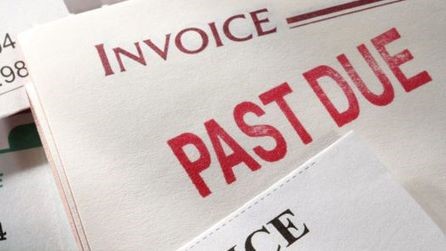How to obtain winding-up orders and petitions in 2022

Following the lifting of the Government’s CIGA 2020 restrictions last month, creditors are once again free to present winding-up petitions to insolvent companies that owe £750 or more.
Subsequently, we thought you’d like some tips and advice on how best to utilise winding-up orders and petitions in 2022.
You should move swiftly against any company that owes £750 or more for an unpaid invoice or some other debt. After 21 days, you may obtain a winding-up order from the court if the debt remains unpaid and undisputed.
The winding-up process begins when the debtor company receives the petition. Failure to respond to a petition could lead to:
- Formal insolvency proceedings
- The company falling into compulsory liquidation
Life becomes stressful and much harder for company directors under these circumstances.
Winding-up orders and petitions
For example, following the presentation of a winding-up petition, a director must seek the court’s permission before making:
- Use of the company’s assets
- Payments from the company’s bank account(s)
Furthermore, the company’s bank accounts may be frozen if the director(s):
- Ignore the petition
- Fail to obtain a court-issued validation order
Review credit management policies
If your business offers goods or a service on credit, it would be wise for you to:
- Review and update your credit management procedures regularly
- Develop an invoicing system that ensures customers and other debtors pay up within 28 days
It’s essential that you respond immediately whenever a debtor fails to pay by the due date because they might be:
- About to close down
- Trading while insolvent
- Ignoring you, but paying other creditors
- Abusing your credit terms as an unsecured, interest-free loan
- Exposing you to preventable losses
- Moving assets into a new business while leaving you and other creditors behind to suffer with old company
A winding-up petition should never be used as a debt recovery tool. However, it’s perfectly ok to present them to insolvent companies that cannot pay their debts when they are due.
Always try to keep open a channel of communication with your debtors. Talk to them before, during, and after you present your winding-up petition. It’s quite likely they’ll be up for negotiating a deal to avoid the company being placed into compulsory liquidation.
